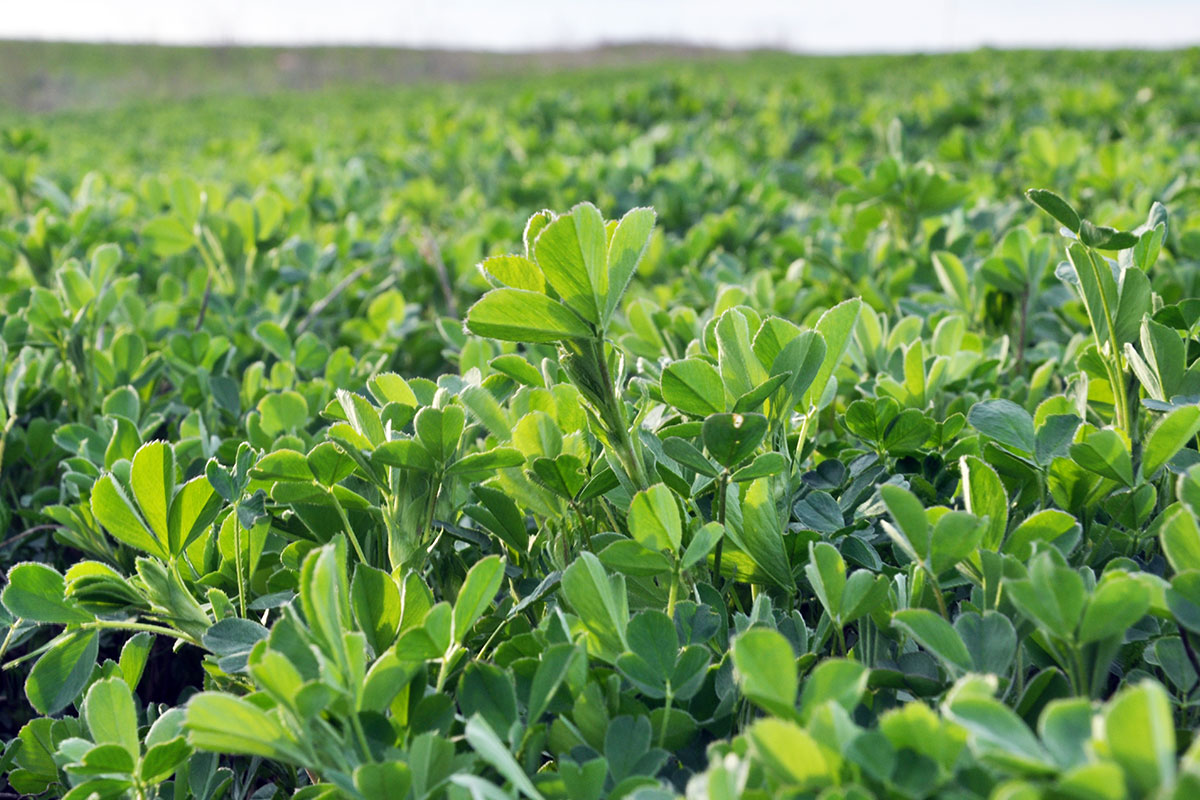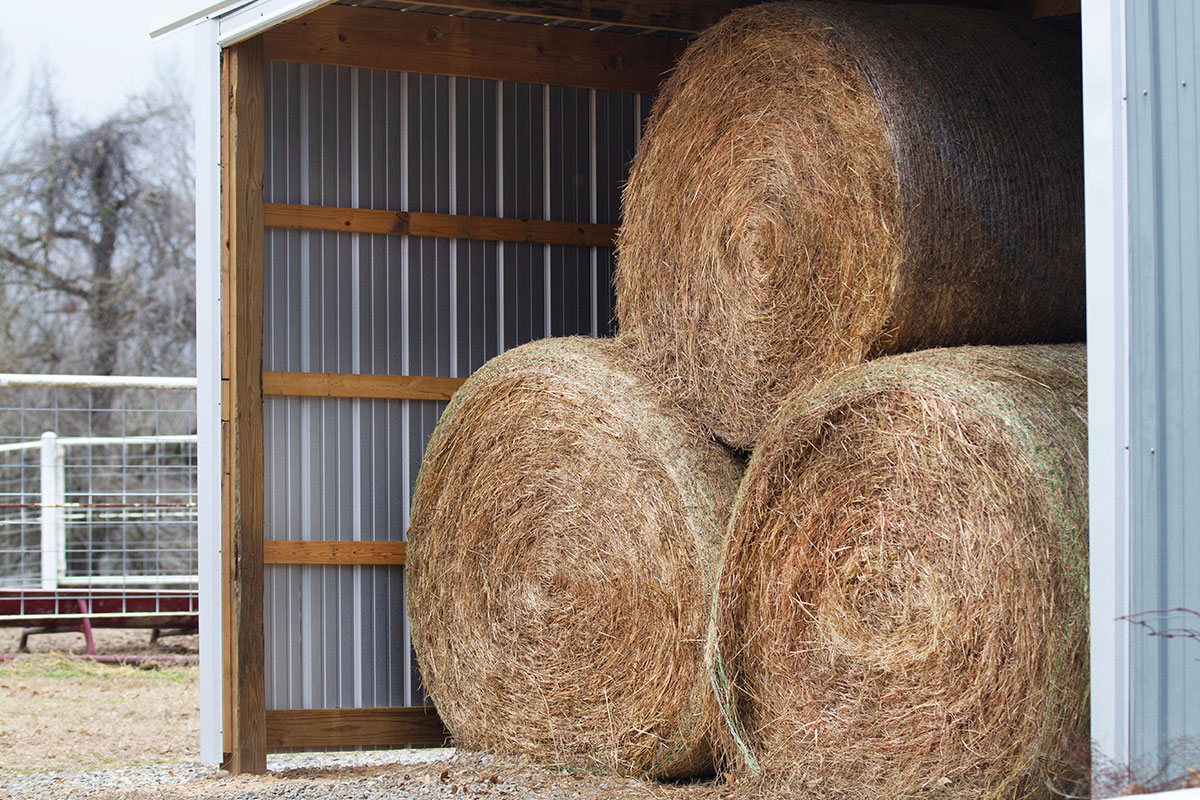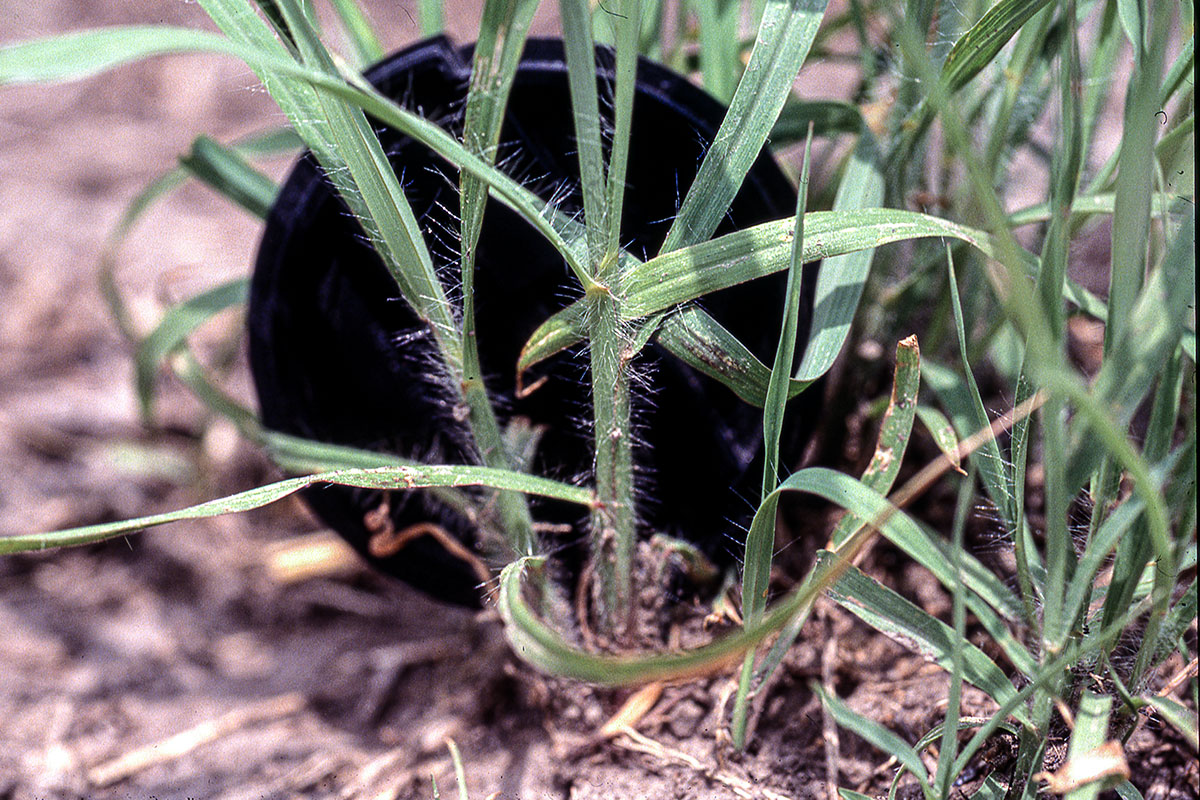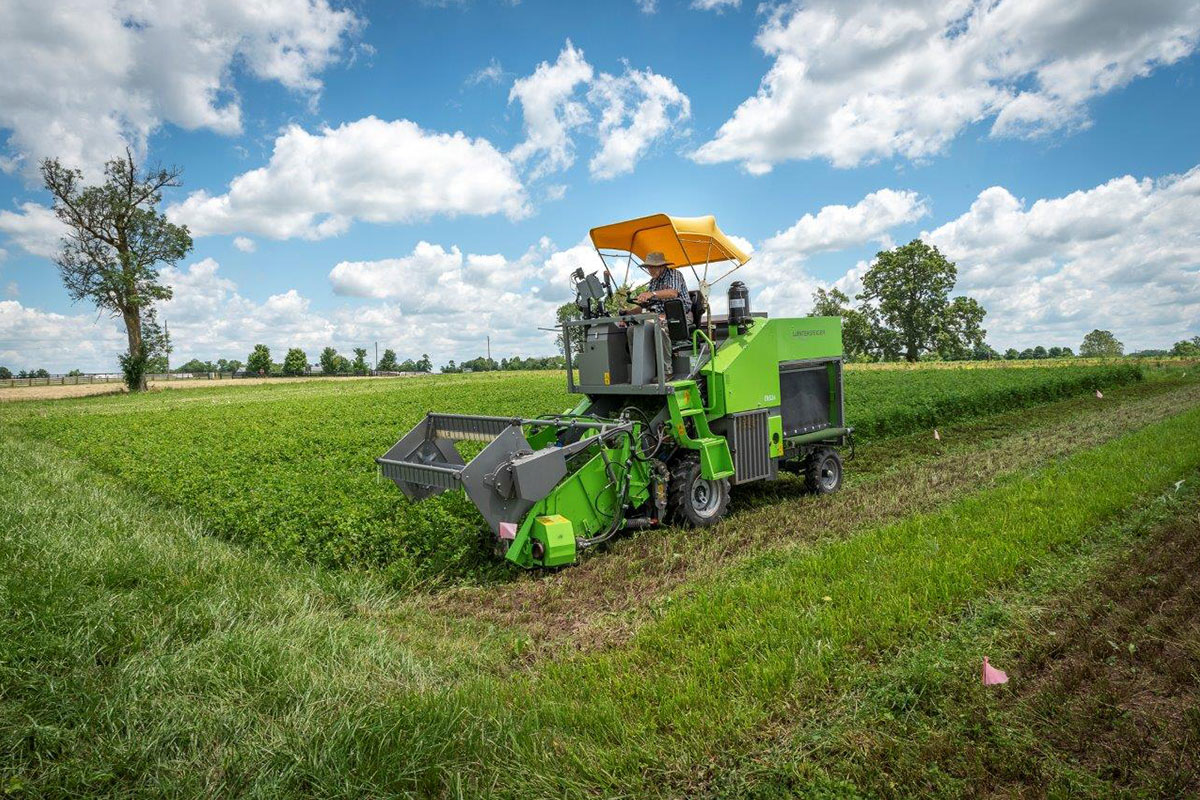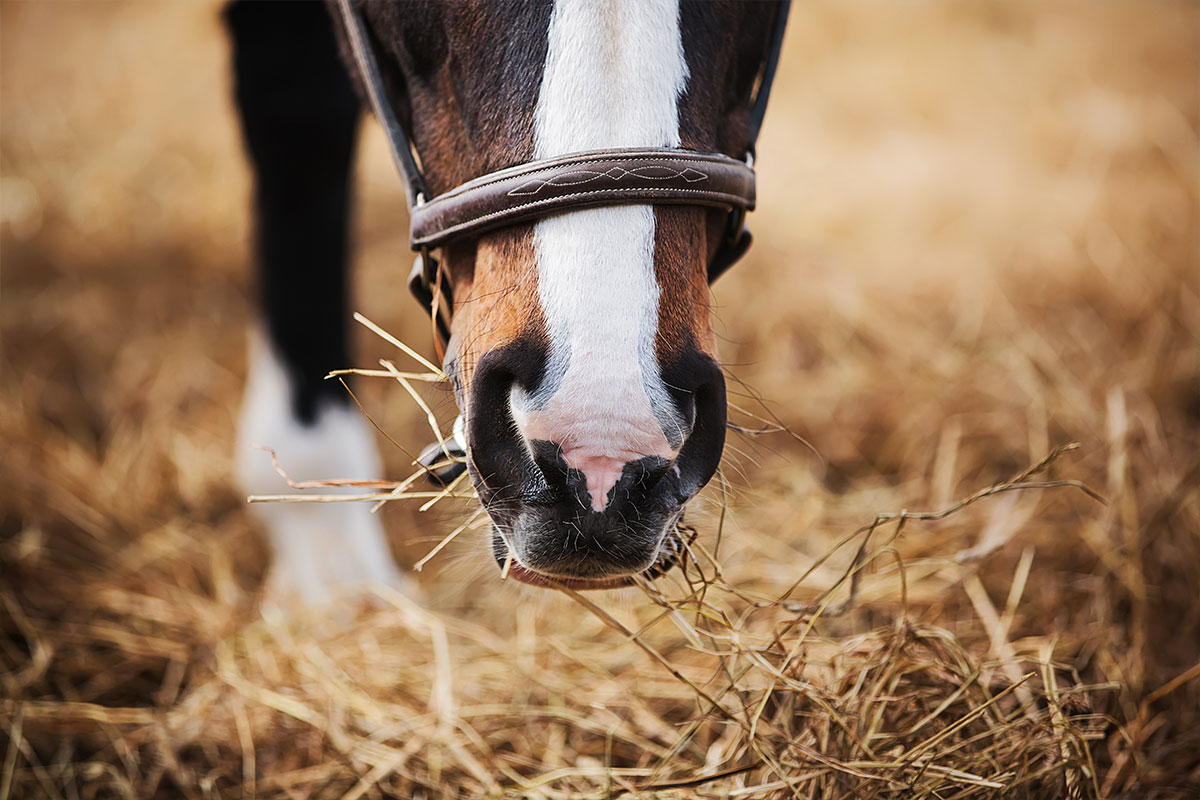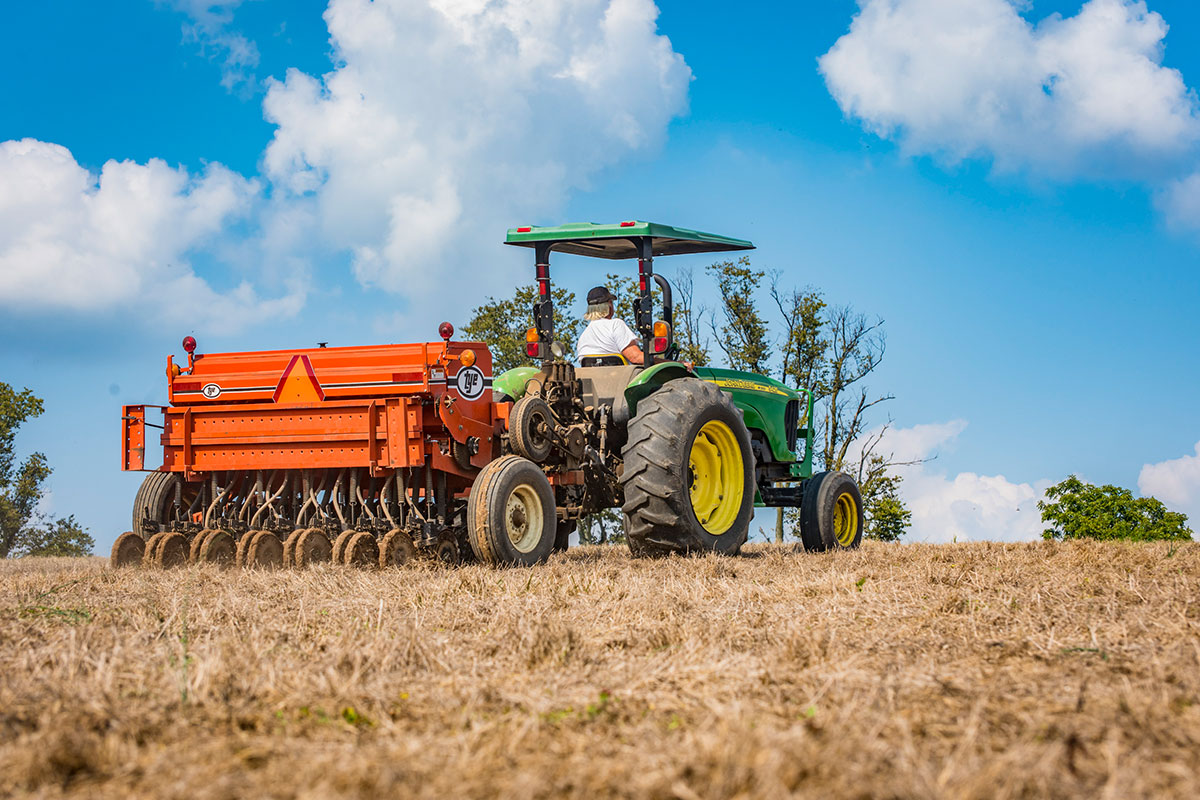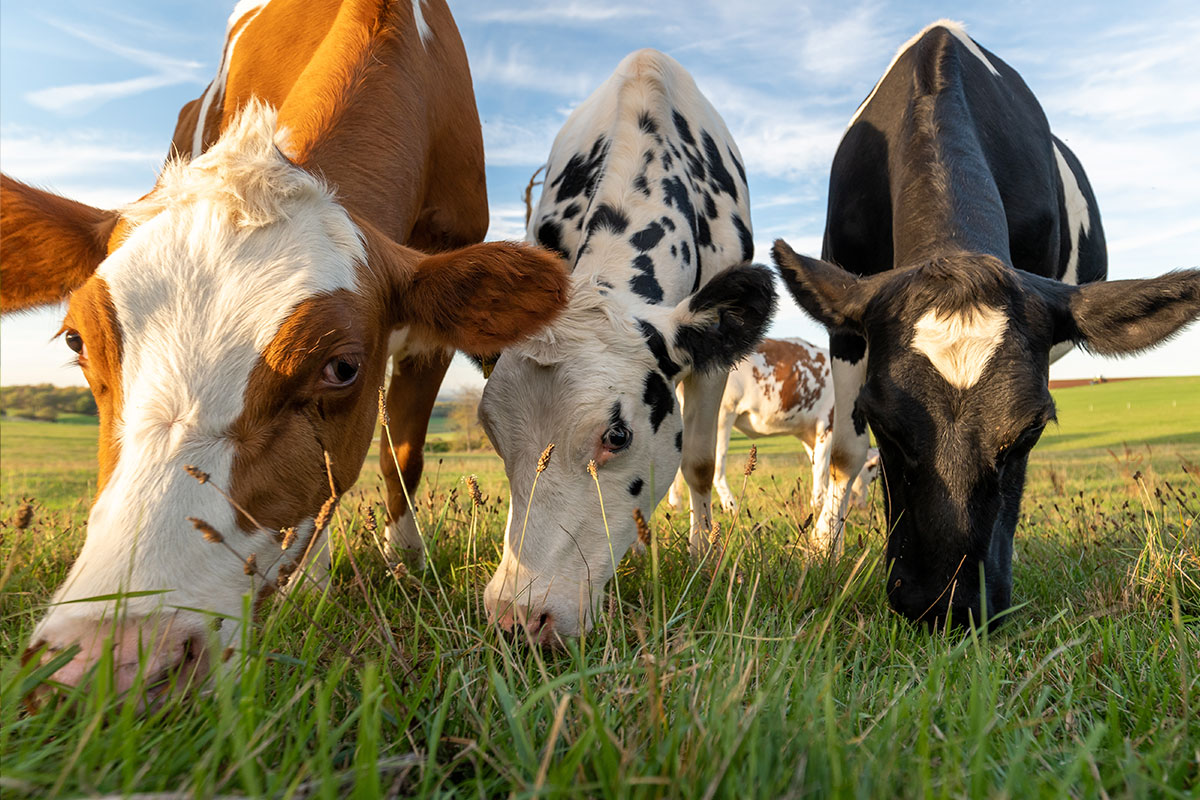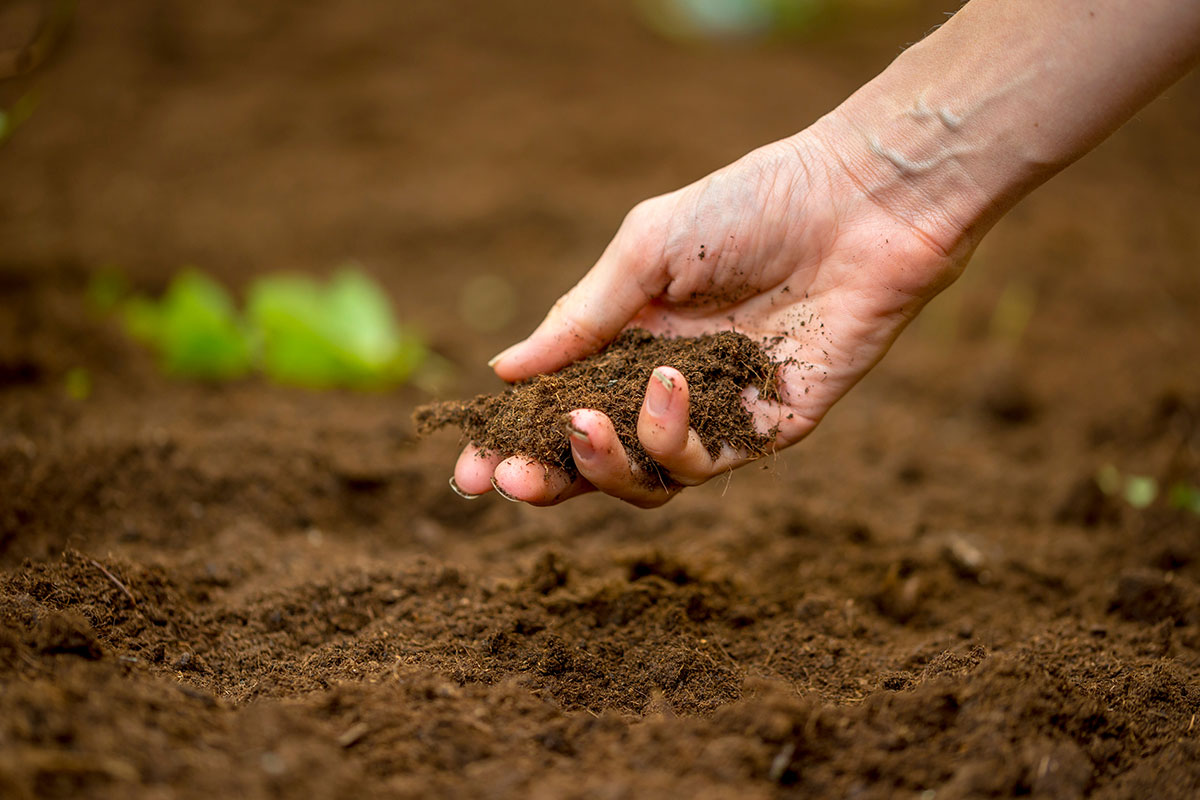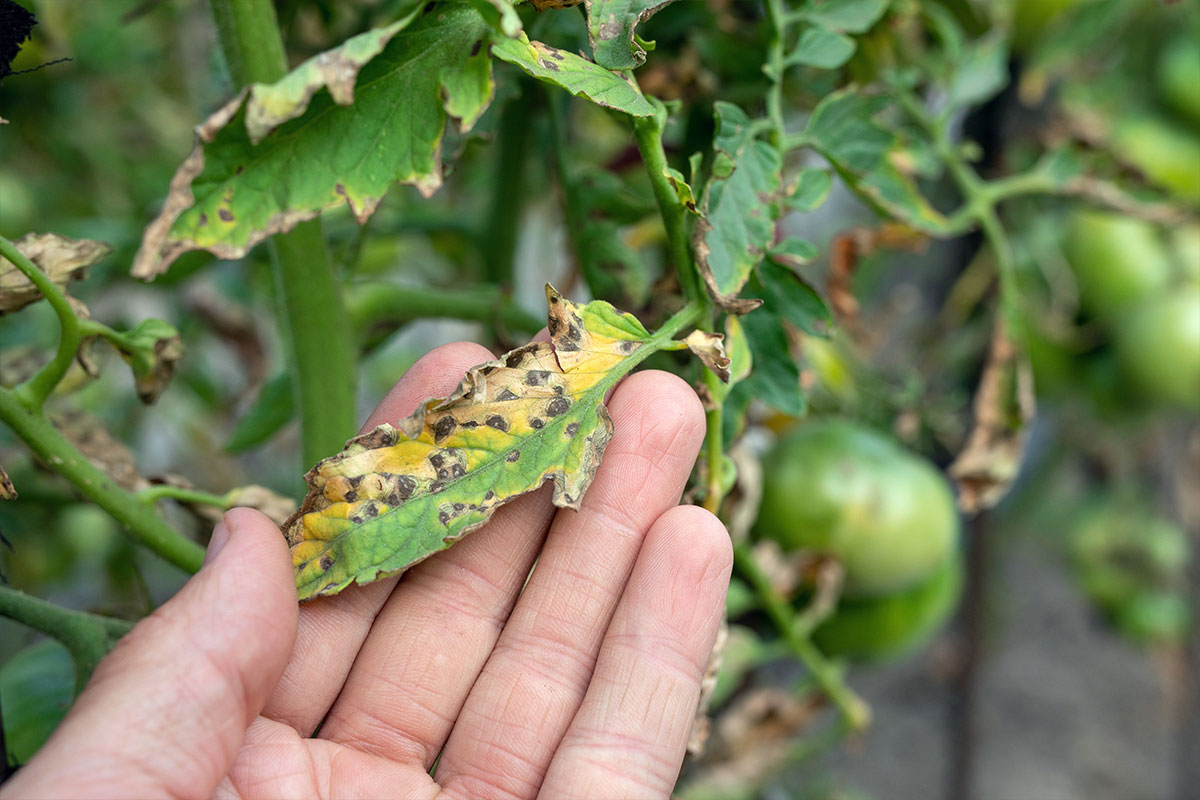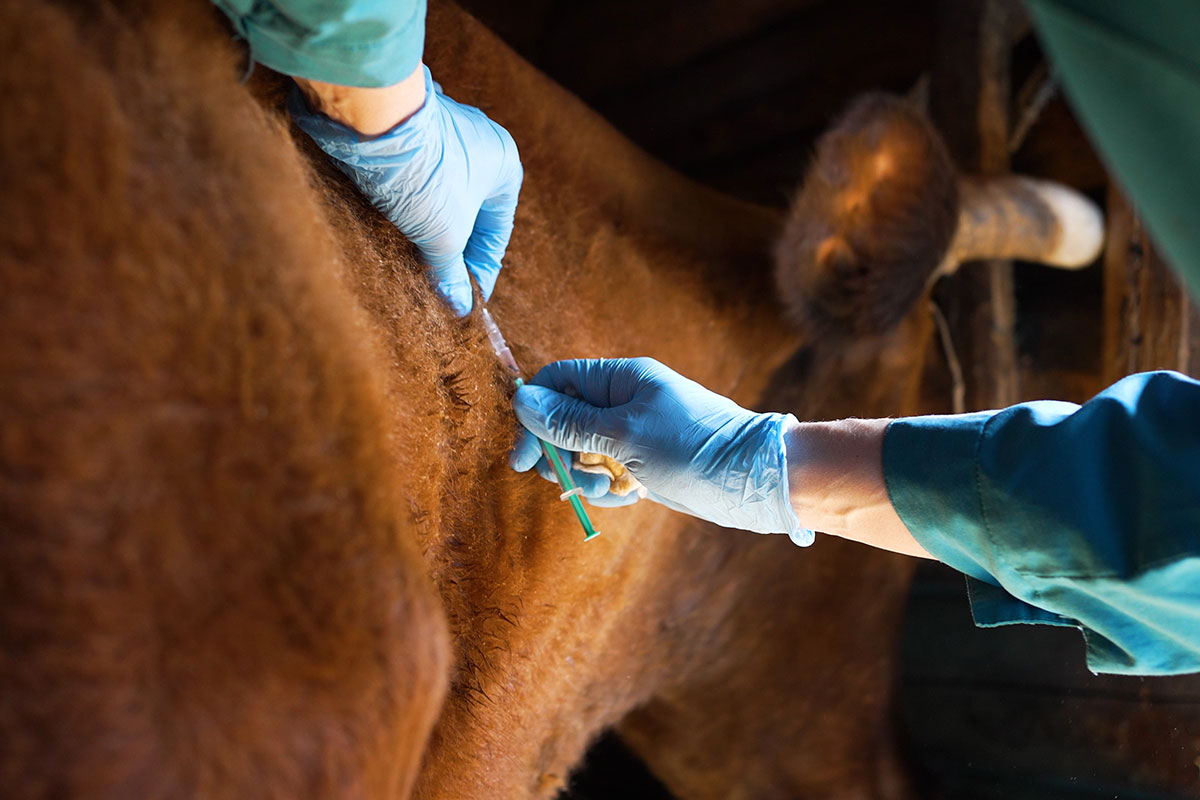Home
Click HERE to subscribe to the Newsletter!
- 2025 KY Grazing Conference with Jim Gerrish
- Upcoming Events (see Forage website for details and to register, click on EVENTS)
- Intermediate Grazing School Sept. 24th and 25th
- 2025 UKY Fall Fencing Schools Sept. 30th and Oct. 2nd
- Pub of the Month: Utilizing Drought-Stressed Soybean for Forage
- Consider Triticale as a Winter Cereal
Forage Timely Tips for September
- Make plans to attend upcoming grazing and fencing schools.
- Do NOT graze cool-season pastures closer than 3 to 4 inches to conserve soil moisture and to prevent overheating of the crowns.
- If drought conditions limit pasture growth, close off pastures and feed hay in a sacrifice area.
- Consider renovation of cool-season grass pastures that have thinned.
- Exclude livestock from pastures to be stockpiled and apply 50 lb N/A and any needed P and K.
- If not already done, soil sample and apply fertilizer and lime as needed.
- Plant perennial grasses and legumes in early September.
- Harvest hay as needed. Do NOT harvest alfalfa between mid-Sept. and early Nov.
- Scout pastures, identify perennial weeds and woody brush for potential spray treatments.
- Rest native warm-season grass fields until after frost for better winter survival.

